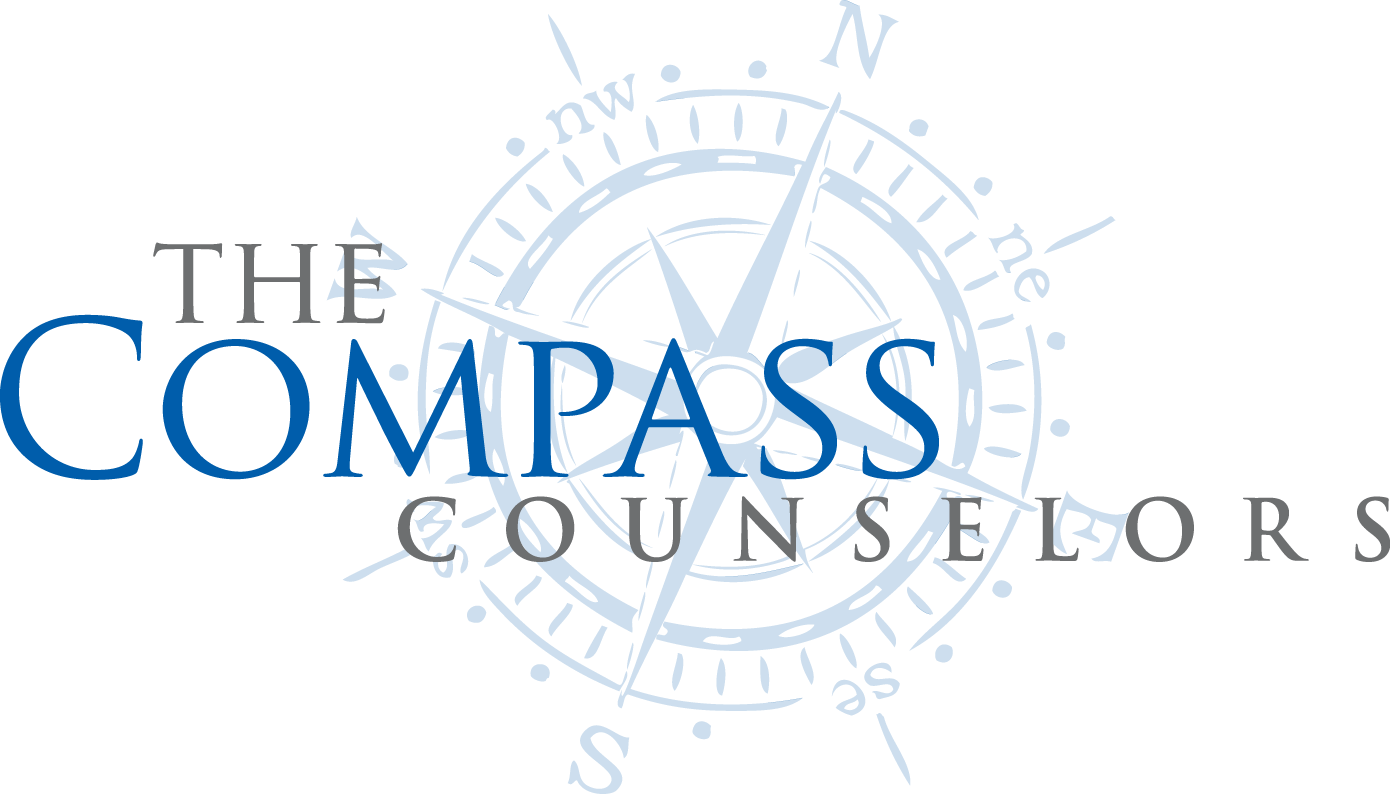5 Ways to Apologize
by John Freshour, LCPC
Similar to the five Love Languages, the five Languages of Apology show a person how they give and receive apologies. While there are many ways to convey remorse, understanding both your own and others’ languages can foster healthy communication, and therefore help to smooth over any conflicts that arise in your relationships.
What Are the 5 Languages of Apology?
Languages of apologies refer to how a person shows or tells someone that they are sorry. These can be helpful for those giving and receiving an apology. It is possible for a person’s apology language to change based on whether they are making or receiving an apology.
The five languages of apology were developed by Gary Chapman, PhD, and later written alongside Jennifer Thomas in 2008. Much like his work on the five love languages, Chapman focused on the way that couples give and receive apologies, and how to reestablish connections after conflict by using these methods.
The five languages of apology are:
1. Expressing Regret
This form of apology includes expressing personal feelings of remorse about wrongdoing. Expressing regret might be someone’s preferred apology language, as it is the most common thing to say, “I’m sorry.” However, due to the ease of this type of apology, it can be frequently overused...
Common expressions of regret include:
“I am sorry for forgetting your birthday, I know that day is important to you.”
“I never should have done that, I apologize.”
“I’m sorry for saying that, that was a mistake and I never should’ve communicated that.”
“I am sorry that I hurt your feelings.”
2. Accepting Responsibility
Another method of apology is when someone does something wrong, and immediately takes ownership for this mishap by accepting responsibility. Due to the maturity and self-awareness required for accepting responsibility, many people appreciate this form of apology.
The nature of this apology language is that it requires the speaker to identify specifics of what they did that was wrong. For some, this might be difficult, especially if they are not sure exactly what their error was. However, they know they feel bad badly about making their partner feel hurt or upset, and want to make it right.
Ways of accepting responsibility include:
“I am so sorry; it was my fault that this happened.”
“I should have confirmed the appointment time–this mix-up was entirely my fault.”
“This happened because of me, and I’m sorry.”
“This one is on me; I should have known better than to bring up that topic.”
3. Genuinely Repenting
Genuine repentance occurs when a person who committed the wrong tries to find a way to correct their behavior. This might look like one promising to change for the better, or not repeat the pain that they caused. This form of apology is common if the mistake was directly caused by the person’s actions, such as flirting with another person, making an insensitive joke, or snapping at a loved one.
This apology language is best for people who want to see actions, not just words. However, this can backfire if someone else doesn’t believe that the person can or will change. In this case, they might see repentance as empty promises.
Common ways to genuinely repent include:
“I’m so sorry for what I did. I know there may be nothing that could ever make it right, but I’m going to make sure it doesn’t happen again.”
“Here’s what I’m going to do to make sure we don’t end up in this position again.”
“I am going to work on myself to make sure that I do not put myself in that position to hurt you again.”
“I am sorry. I am going to do the work of self-reflection to figure out why I did that.”
4. Making Restitution
A person can make restitution by finding a way to replace or correct the resulting situation. This form of apology may be used if something was misplaced or broken. For people who like their partners to show action, as well as verbal remorse, this method might be best. For others, this might seem like a bribe.
Examples of making restitution include:
“I am so sorry that I stained your jacket. I am going to buy you a new one this weekend.”
“I’m planning on taking you to dinner to make up for what I did.”
“Please accept this necklace as a gift to show you how sorry I am.”
5. Requesting Forgiveness
This final form of apology includes one asking for forgiveness from the person they hurt. It puts the emotional power, but also the emotional burden, back in the hands of the hurt party. For those who grew up receiving messages about the importance of forgiveness, this form of apology might mean a lot. However, this may not work for others who do not place a lot of weight on the concept of forgiveness. Similarly, for the individual being asked to forgive, they might feel a lot of pressure to forgive, especially if it is soon after the transgression took place.
Some examples of requesting forgiveness include:
“Please forgive me for my insensitive comments during our discussion yesterday, I did not mean any harm.”
“Please forgive me for what I did.”
“I hope someday you can forgive me.”
“I understand that what I did was wrong, and I request your forgiveness.”
Why Do Apology Languages Matter?
We all know that apologies matter–but, how you apologize also makes a difference. How someone acts after hurting another person can have a drastic impact on the individual themselves, the person who was hurt, and their shared relationship. When we know our partner’s apology language, we can better understand what actions and words will make them feel valued and understood. This can help us express ourselves, and help others communicate with us, too.
Apology languages can help in many ways, including:
Healthier communication: Identifying and explaining one’s apology language can help a person improve their communication in relationships. Additionally, it allows a person to convey that they are paying attention to another person’s needs.
Setting healthy boundaries: Knowing one’s apology language helps set healthy boundaries in relationships, because it may avoid unnecessary back and forth, decrease the amount of time spent arguing, and help the other person feel that their needs are met.
Increased conflict resolution: Understanding each other’s apology language can help solve relationship conflict. It shows that you take responsibility and understand the wrong that was done, and want to make it right.
Showing that you value their needs: When someone apologizes in a way that is meaningful, the other person is more likely to receive the apology as genuine and heartfelt. Making the person feel valued goes a long way in repairing the issue at hand.
Making them feel heard: When a partner explains what they value and what means a lot to them–and then their partner adheres to those things in their time of need–this can help to repair after a conflict, because it reminds the partner that they are heard.
When to Apologize
Although apologies are a necessary part of relationships, it can often be difficult to know when to apologize. The person giving an apology has to know when the other person is ready and willing to broach the subject–authentic forgiveness occurs when both parties are able to move on together.
If the other person is very upset, perhaps a cooling down period might be beneficial. If the wrong was less severe, an immediate apology might be more beneficial and respectful. Practice different ways to know how to apologize sincerely and effectively.

